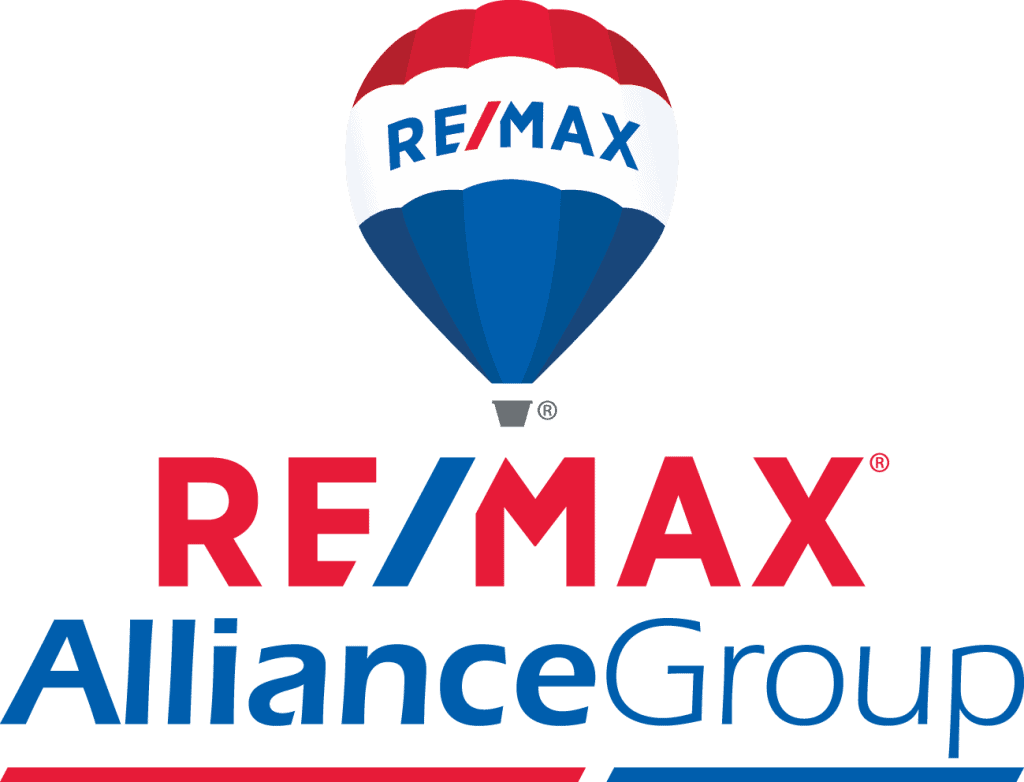At the same time, a decline in sales prices over the past two years has left some sellers with little or no equity in their homes—sometimes called an “upside-down” sales situation.
For instance, an owner who paid $300,000 for a Florida home in 2005 using a $30,000 down payment would have little to no equity if the current market value were $270,000. So, it’s not just those having trouble making mortgage payments that are affected by today’s market. For example, you may have purchased using 100 percent financing when the market was high. Because of a job transfer, you are forced to sell and they find yourself owing more than the home is worth.
Uncovering the Short Sale
A typical seller may not understand the terms of a short sale, or even be aware that they’re facing a financial problem. Instead, the issue typically surfaces after a listing presentation, when your suggested selling price is less than what the sellers owe on their mortgage.
Just because sellers are behind on their mortgage or are having financial difficulties doesn’t mean that the property is automatically eligible for a short sale. Your first clue is the market analysis compared to the mortgage amount. But, it’s vital to get an estimate of the net proceeds and then discuss options. Ask a Realtor who specializes in short sales to provide you with this information.
Many lenders are willing to extend the term of the mortgage, add any delinquent payments to the loan principal or adjust the interest rate. If the owners’ income has gone up, the lender might agree to a repayment plan with higher monthly payments to make up the deficiency.
To request a short sale, the owners typically present the lender with evidence of financial hardship and a current market estimate of the home’s value. Any potential sale is contingent on the lender’s approval.
There are several reasons a lender will accept a short sale by owners facing a financial hardship:
• To avoid the cost of a foreclosure, which was estimated at about $58,000 in a study by the Tower Group.
• To avoid increasing its home inventory, usually called real estate-owned (REO) properties.
• New homes in the area are selling faster than existing ones.
• The area or neighborhood has depreciated in value.
• The property is in poor condition.
“In order to negotiate a short-sale package with a lender, the owner has to prove that a tremendous hardship exists,” adds Pappas. “It’s almost like qualifying for the original mortgage but in reverse.”
See also: Hiring an attorney to represent you in a short sale
If you would like to speak with us about listing your home for sale in the Tampa Bay Area please request a market analysis on your home.
Richard Westlund is a Miami-based freelance writer.





